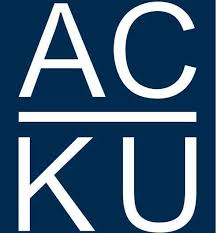Pyanj River morphology and flood protection : ADB central and West Asia working paper series / John Field, Binsar Tambunan, and Philippe Floch.
Material type: TextLanguage: English Publication details: Philippines : Asian Development Bank (ADB), ©2014..Description: [7] unnumbered pages, 44 pages : color illustrations, color maps ; 30 cmSubject(s): LOC classification:
TextLanguage: English Publication details: Philippines : Asian Development Bank (ADB), ©2014..Description: [7] unnumbered pages, 44 pages : color illustrations, color maps ; 30 cmSubject(s): LOC classification: - Pamphlet HD1698. A3.
| Item type | Current library | Call number | Status | Date due | Barcode | Item holds | |
|---|---|---|---|---|---|---|---|
 Environment
Environment
|
Afghanistan Centre at Kabul University | Pamphlet HD1698.A3.F545 2014 (Browse shelf(Opens below)) | Available | 3ACKU000549088 |
(Working paper series ; No. 6)
Cover title.
“July 2014”—cover page.
“Asian Development Bank (ADB)”—cover page.
Includes bibliographical references.
Contents: List of figures—Acknowledgments—Foreword—Executive summary—Introduction—Pyanj River basin setting—Characterization of channel types—Traditional flood control approaches—Corridor protection—Conclusions—References.
Summary: “Asia is hit hard by floods every year, causing loss of life and billions of dollars in damage. Much of the damage is related to bank erosion resulting from shifting channel positions on meandering channels, braided rivers, and alluvial fans. Understanding the natural processes that occur in these channel types is essential to improving flood hazard management in these environments. Past flood control efforts have often had only short-term success while exacerbating flooding and erosion problems elsewhere. A river morphology study conducted in 2009 on the Pyanj River Basin of Afghanistan and Tajikistan demonstrated how traditional flood and erosion control practices, such as embankments, bank armoring, and channel straightening, constrain natural river processes, and therefore are liable to result in channel responses that damage the flood control efforts…”—(page summary).
English
